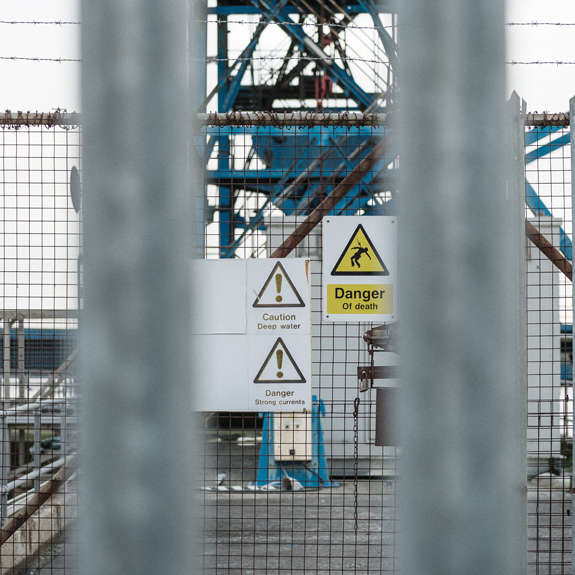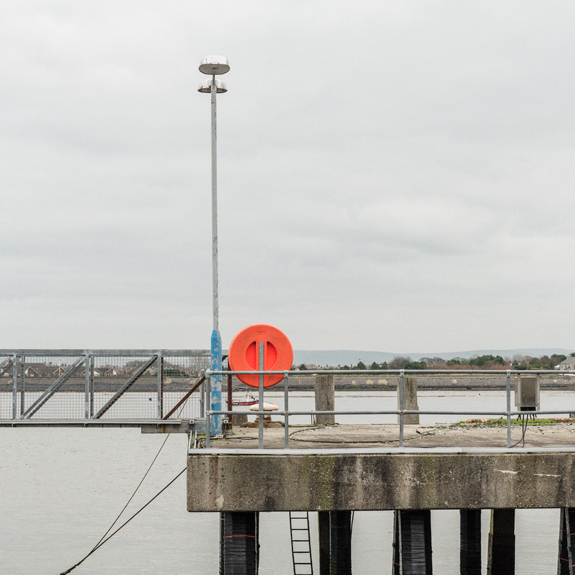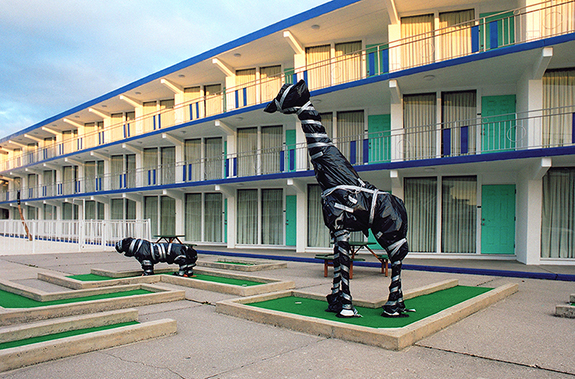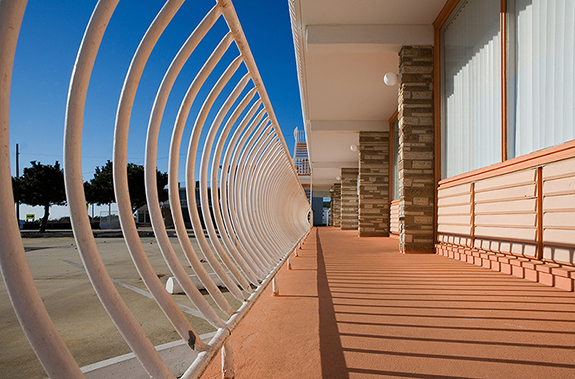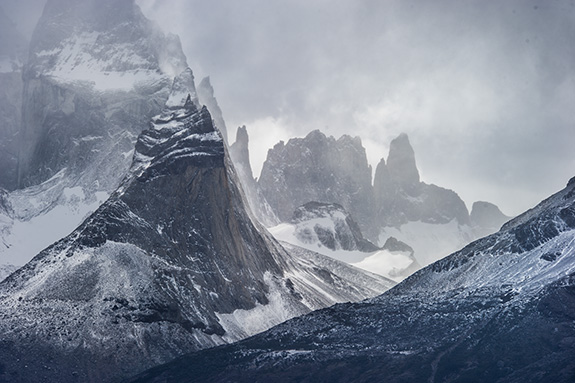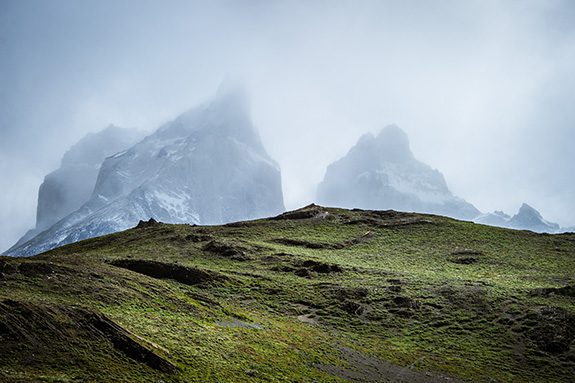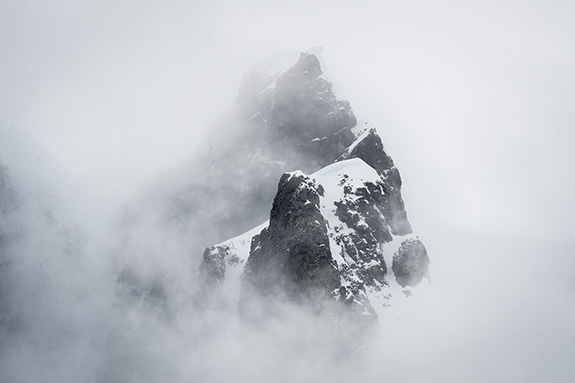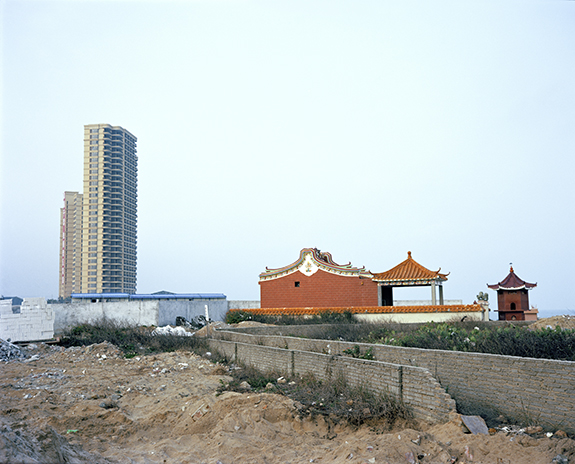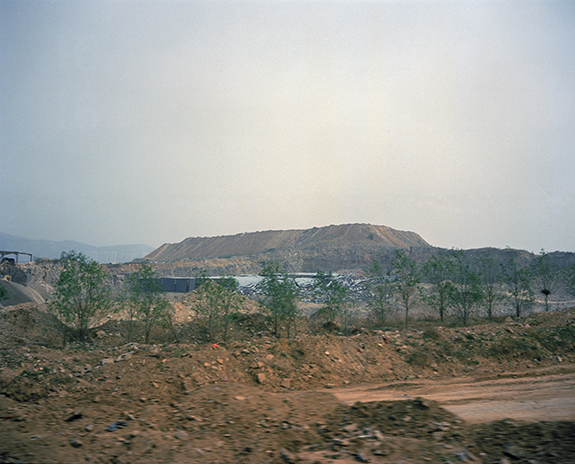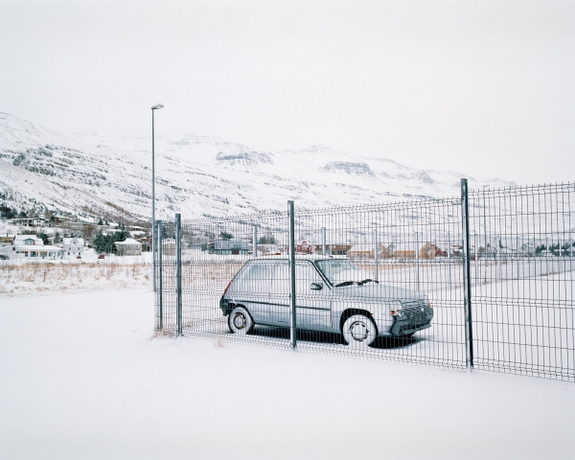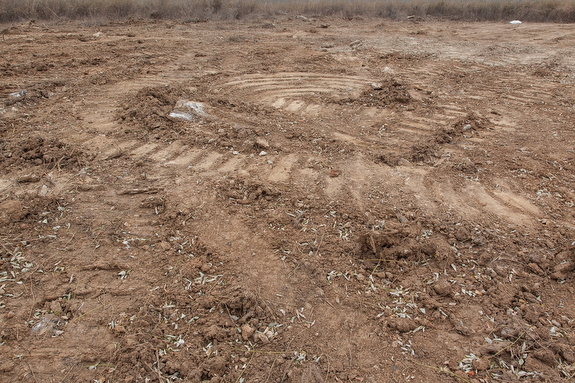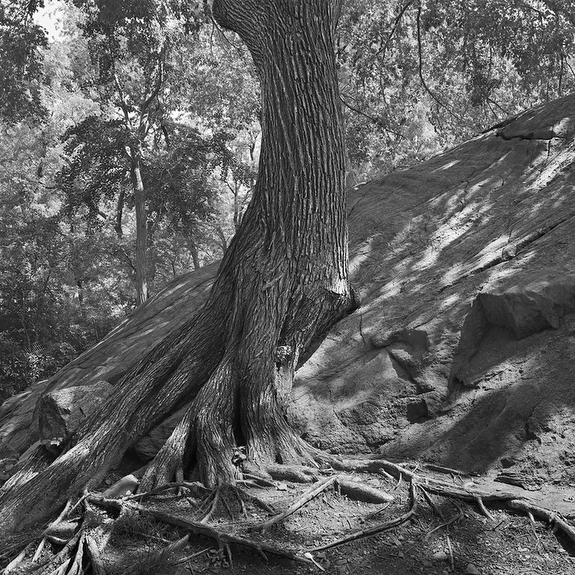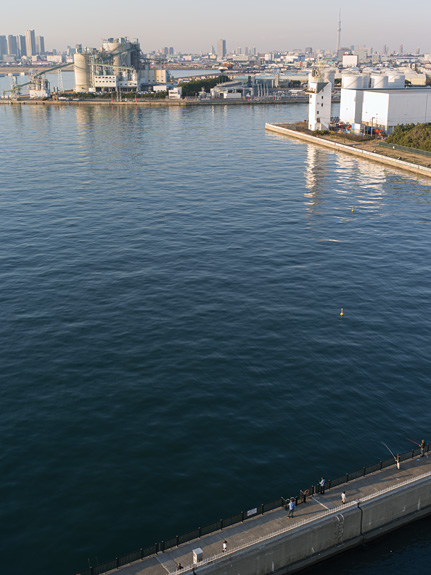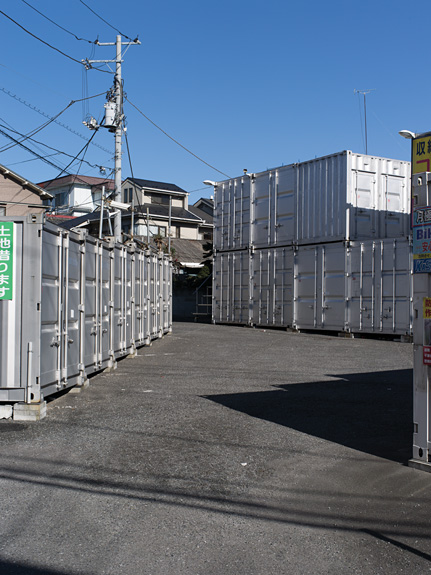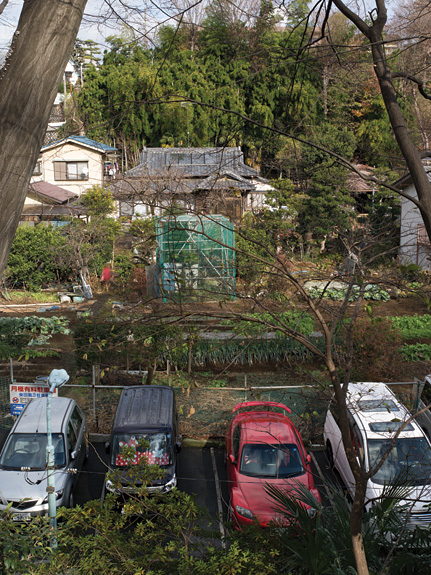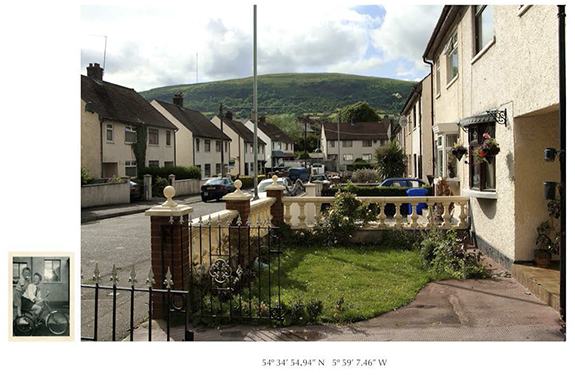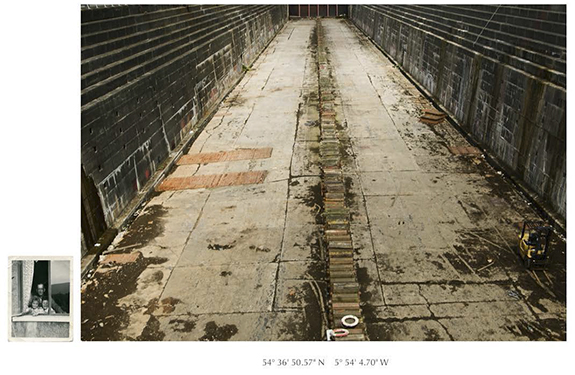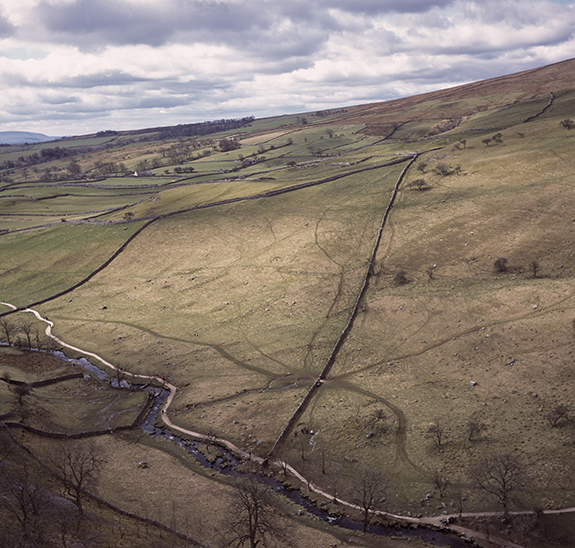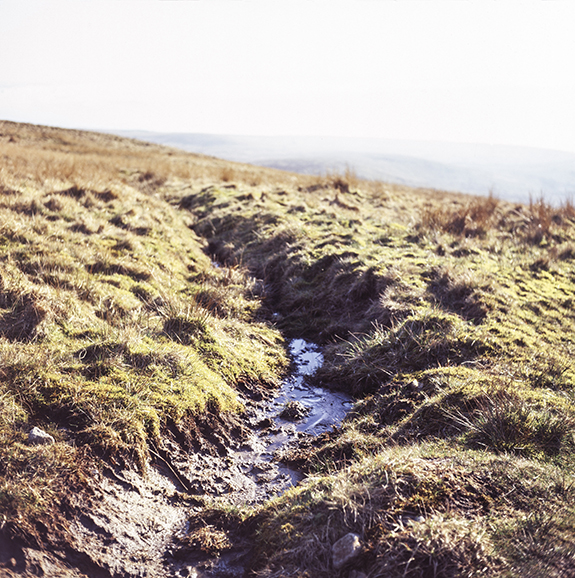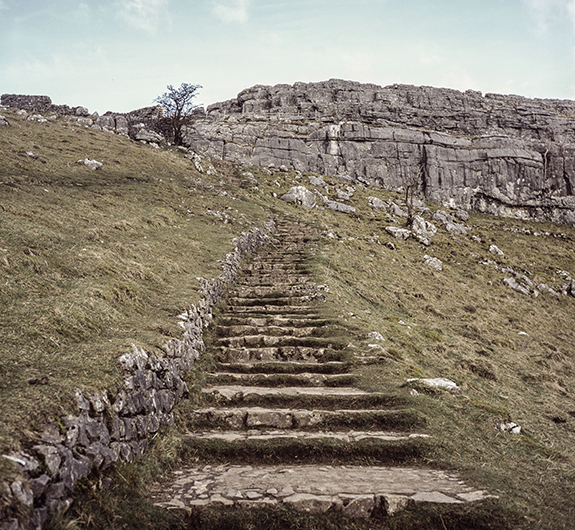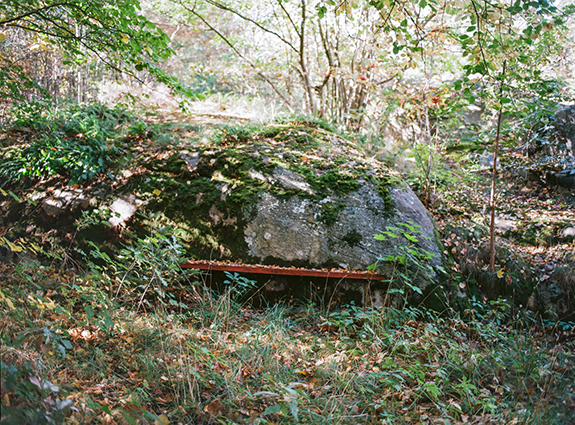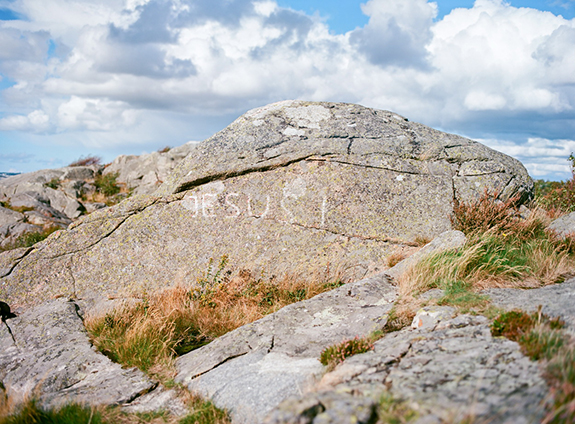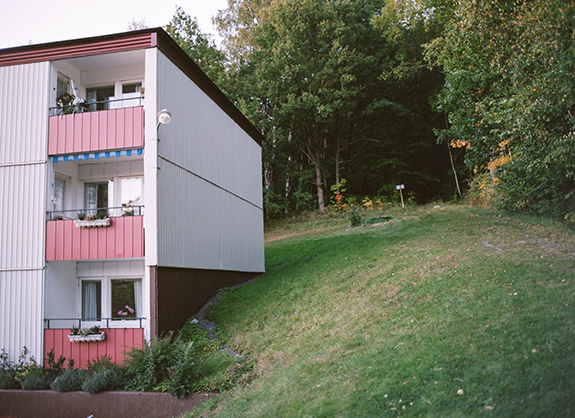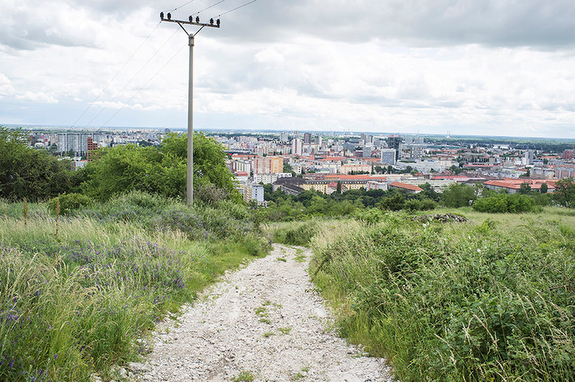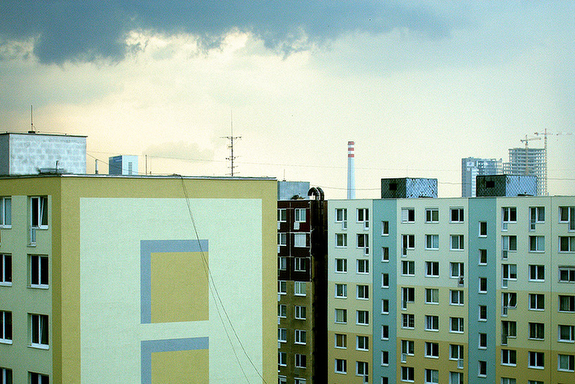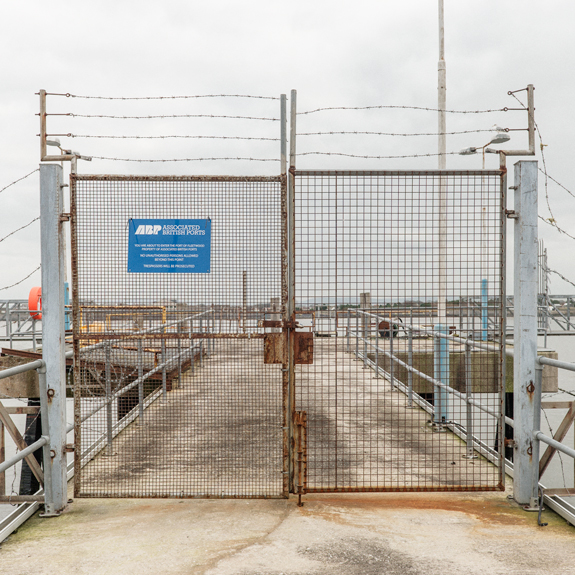
Deindustrialisation is a process of social and economic change caused by the removal or reduction of industrial capacity or activity in a country or region.
For most of the 20th century, Fleetwood was a prominent deep-sea fishing port, but, since the 1970s, the fishing industry has declined precipitously and the town has undergone economic difficulties. I am very interested in the way this has affected the landscape and the area.
The Port of Fleetwood provided ro-ro (roll on-roll off) traffic to and from Northern Ireland and was a busy fishing port for many years. The port played a significant role in enhancing the connectivity of the wider region and the movement of freight, as well as providing jobs. Aspirations to revive this role remain, so operational areas at the port are protected and safeguarded with fences and barbed wire.
Questions of land use, industry and the effect of the decline on the economy, form the basis of the enquiry. The main concept is to represent the effects of deindustrialisation on a specific place and to show how this affects the political landscape.
— Andrew Mellor, Lancashire, England
